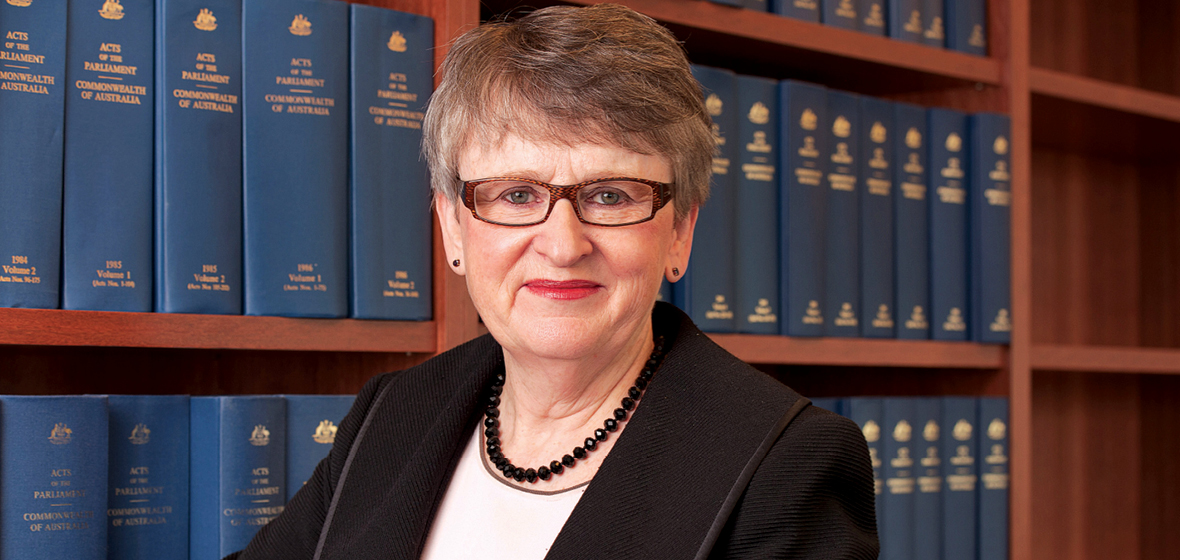JUSTICE VIRGINIA BELL AC, who was sworn in as a Supreme Court judge in 1999 and as a Justice of the High Court of Australia in 2009, explains the dicey history leading to the passing of the Women’s Legal Status Act in 1918.
In 1902, the newly federated Commonwealth of Australia led the world by its provision for women to vote and to stand for election to the Commonwealth Parliament on a universal and equal basis with men. That year, Vida Goldstein, an Australian suffragist, was the Australian and New Zealand delegate to the International Women’s Suffrage Conference in Washington. That year, Vida Goldstein, an Australian suffragist, was the Australian and New Zealand delegate to the International Women’s Suffrage Conference in Washington.
Carrie Catt, the President of the American Suffrage League, with the disarming frankness of the Americans, told Goldstein that Americans associated Australia with being “the abode of strange beasts and barbarians”. Catt thought it remarkable that this exotic land should have supplied a delegate who was so up to date and fully cognisant of the rights of her sex. Such was the novelty of Australia’s treatment of women that Goldstein was fêted as something of a celebrity throughout her trip to the US. Before leaving, she had an audience in the Oval Office with President Theodore Roosevelt who told her that Australia’s experiment in equality was “a great object lesson”.
Within a few years, Goldstein, like fellow pioneering feminist Rose Scott, had come to see the vote as, if not a hollow victory, certainly a victory that was far from securing women equality with men. Their economic dependence, exclusion from public office and subjugation by a double-standard in matters of sexual morality put women well behind the eight ball. The laws that perpetuated this inequality were largely those enacted by State legislatures and, while women could stand for election to the Commonwealth Parliament, they were ineligible to be returned to either house of the NSW Parliament.




